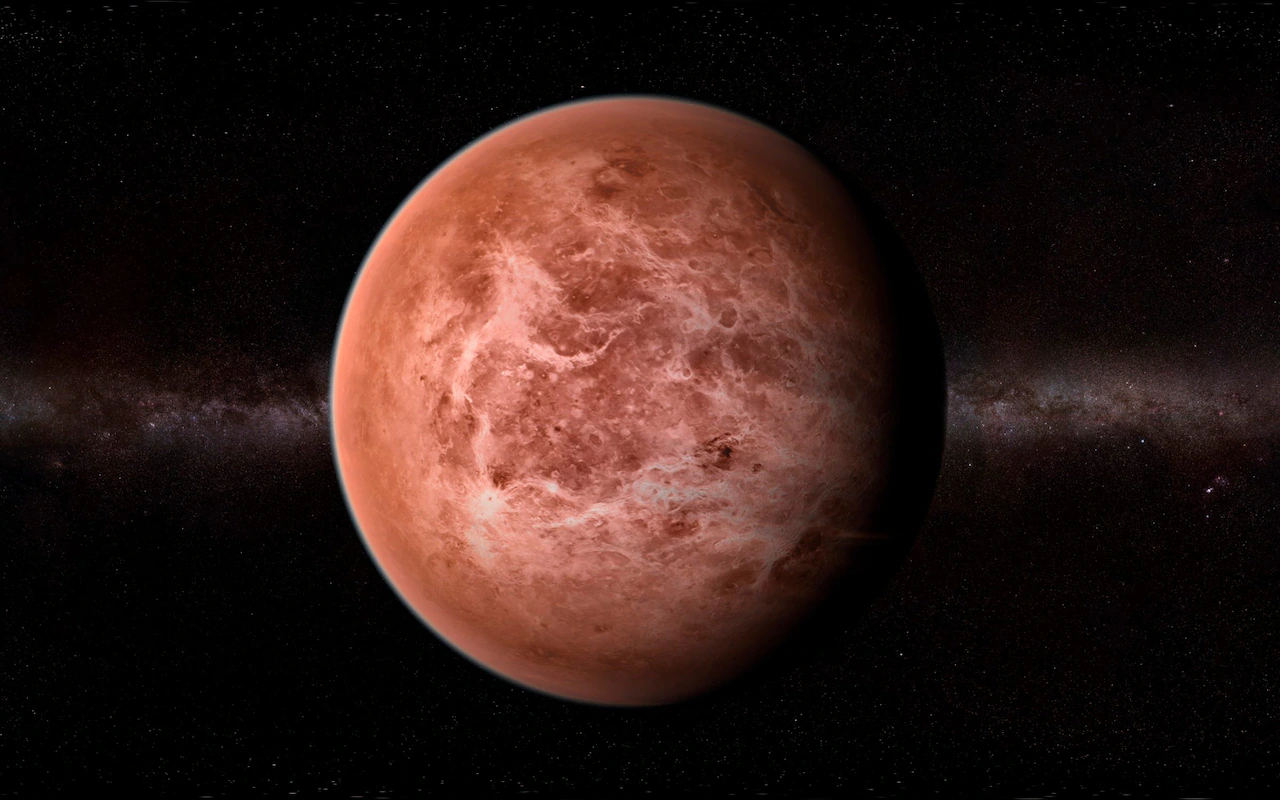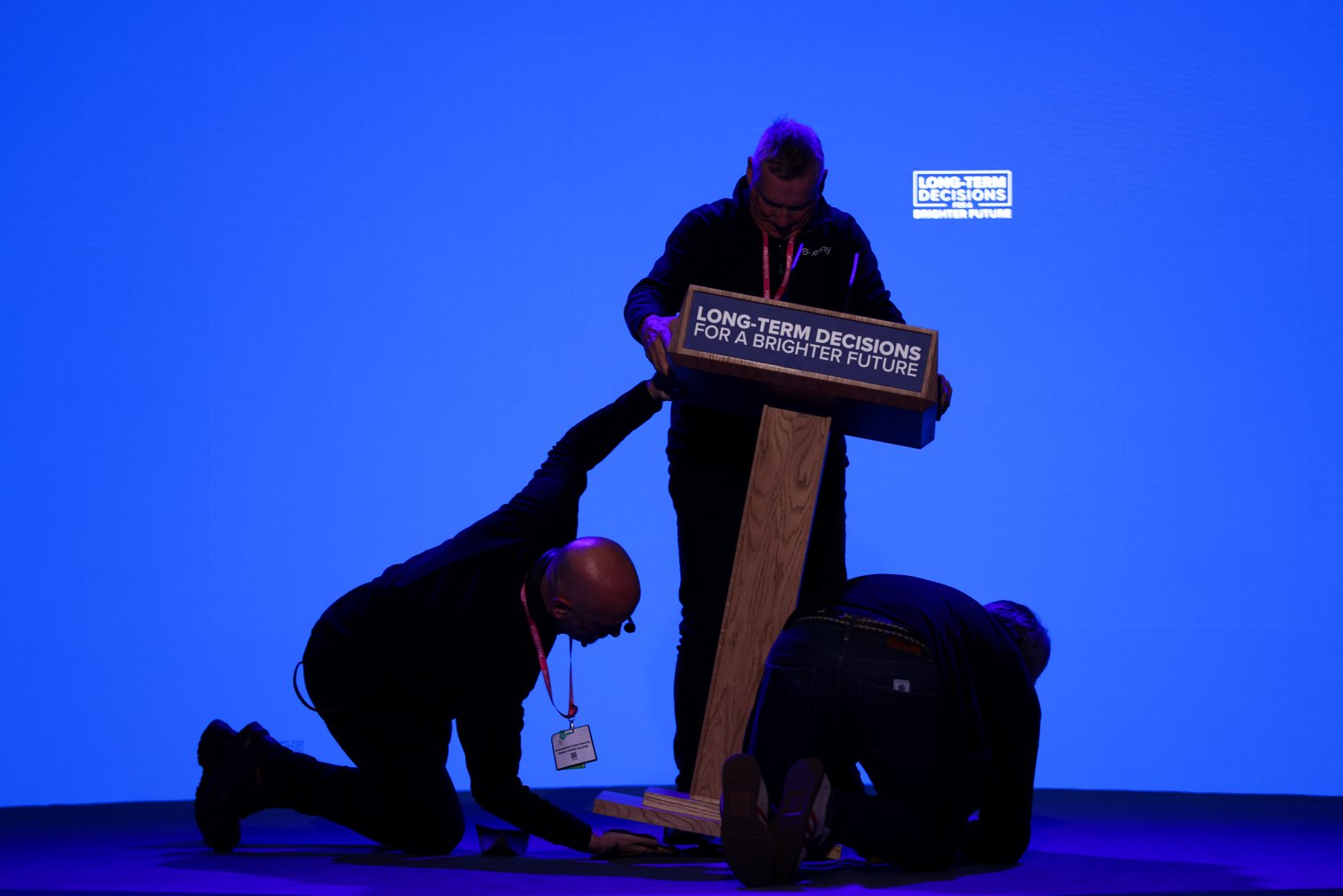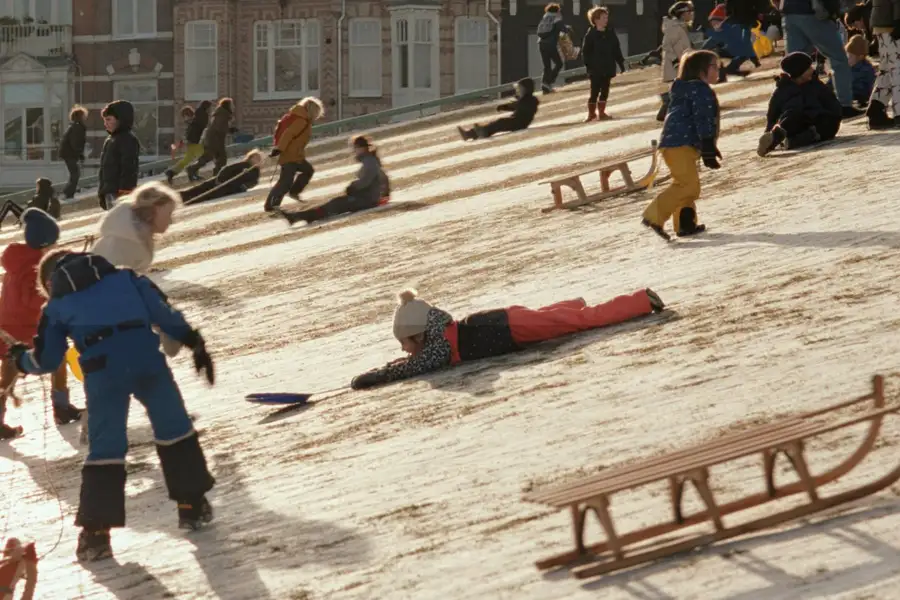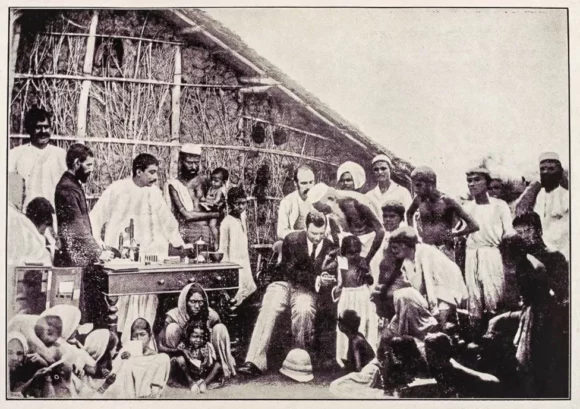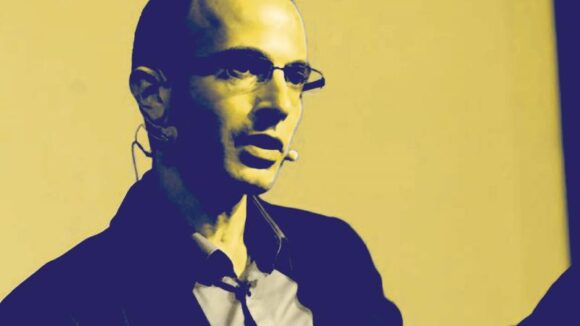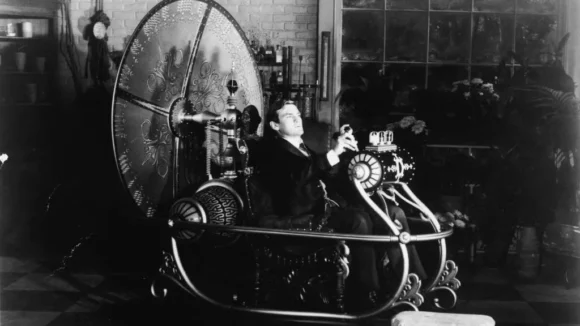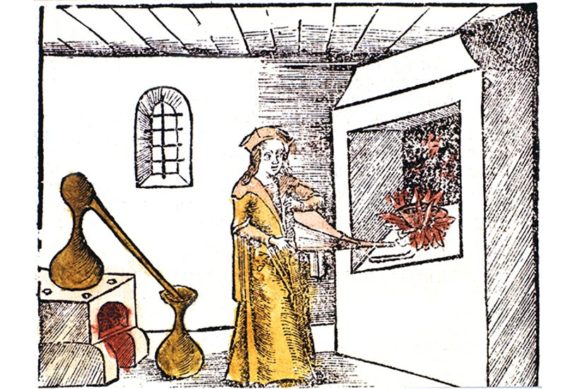Reading The Secret History of Gold by Dominic Frisby for the Telegraph, 22 August 2025
We used to sift this soft, off-colour metal out of the beds of streams. Then, once the streams ran out of the stuff, we dug it out of the ground. These days, lest the smallest grain elude us, we gather the stuff by leaching gold out of the ore and into a solution of cyanide. Then we precipitate it back into a solid, melt it down and, says American investor Warren Buffet rather wryly, “dig another hole, bury it again and pay people to stand around guarding it. It has no utility. Anyone watching from Mars would be scratching their head.”
Well, not quite. Gold is useful. It’s a gift to artists: soft enough to work without fire (which is why it was the first metal we ever harnessed), and chemically so stable that it never tarnishes. No matter what we make of the stuff, though, sooner or later, as renaissance goldsmith Benvenuto Cellini and countless anonymous Inca artists will attest, someone else may come along and melt it down. “Gold may last,” says Dominic Frisby – a curious chap, part financial journalist, part stand-up comedian – “but art made from gold rarely does.”
This is Frisby’s real subject in his affable, opinionated new book, The Secret History of Gold: gold is fungible. An ounce of gold is equal in value to every other ounce of gold. Since it doesn’t corrode, rust, or tarnish, and since it resists most common acids. we can melted and recast and melt it again, and still end up with an ounce of gold. This makes the element about as honest a medium of exchange as the physical world has to offer – a point that besotted the Spanish conquistadors who melted down enough South American artwork into bullion to destroy their own empire’s balance of payments, and has been lost on few serious politicians since. “We have gold,” said Herbert Hoover in 1933, “because we cannot trust governments.”
Frisby himself is no fan of the State. His 2013 book Life After the State was subtitled “Why We Don’t Need Government”. His 2019 book about tax was called Daylight Robbery. Frisby’s is a sentimental conservatism, weaponised on stage in ditties such as the Brexit victory song “Seventeen Million F—-Offs” (a treasurable joy, whatever your politics), and reasoned out in books that offer up cogent entertainment, even if they don’t always convince.
The Secret History of Gold is another addition to that trend. As a history, his tales – whether topical, historical or mythological – are well-turned, comprehensive and occasionally surprising. King Midas’s “touch”, we learn, was a just-so story cooked up to explain the unreal amounts of gold discovered in the bed of the river Pactolus. Alexander the Great created the world’s first standardised currency by adopting consistent weights for gold and silver coins across his territories. A latter-day alchemist called Heinz Kurschildgen was prosecuted for fraud in 1922, after convincing several investors that he could turn base metal into gold; later, he convinced Heinrich Himmler that he could make petrol out of water too.
Intellectual property is now so frictionless that the business of “gathering tales” is something any fool can do by pressing a key. Frisby is perfectly entitled to rehash many of the tales from Timothy Green’s 2007 The Ages of Gold, since he recognises that debt in his end-notes. This isn’t inherently a problem – how else but by reading do books get made? – but the internet has made us all potentially that erudite. What matters, then, with books such as Frisby’s, is less how much you know than how much fun you have with what you’ve assimilated. Thankfully, Frisby entertains here, impressively and convincingly so. It’s just that it seems a bit silly for Frisby and his publishers to call a book such as this a “secret history”, when it’s simply combining accessible materials into a compelling new weave.
Each story in that weave, at least, does inform Frisby’s argument and obsession – that the world (or, failing the that, Britain) might return to a gold standard. This is the business of tying a country’s currency to a fixed quantity of gold, so that its paper money can in theory be exchanged for the metal. Pegging currencies to the value of gold certainly makes life simple, or at least, it seems to, if you don’t pay too much attention to the prospecting and the mining, the pillaging, the counterfeiting and the fraud. Frisby wouldn’t dream of skirting such a rich source of entertainment, and his tales of German and Japanese gold-hunting during the Second World War are eye-popping. In Merkers salt mine, U.S. troops discovered a Nazi stash including over 100 tons of gold bullion, but General Tomoyuki Yamashita’s treasure horde, meant for Japan’s post-war rebuilding, remains untraced and untracerable.
It’s true that the gold standard stops governments from recklessly printing money and inflating the economy. And this, Frisby argues, is exactly what has happened, pretty much everywhere, again and again. Crippled by the costs of the first world war and the Great Depression, Britain was first to abandon the gold standard in 1931. But 1971 was when the rot really set in. Saddled with rising inflation, increasing trade deficits and the cost of the Vietnam War, Richard Nixon’s US abandoned the standard and took the rest of the world with it down the path of perdition; government after government has since then repeatedly devalued their currency on the world’s markets. Why else would houses cost 70 times more now than when I was born in 1965?
Frisby’s proposed cure is for the world to adopt cryptocurrency. Despite not being a material entity, like gold, a bitcoin is pure money – a bearer asset. When I hand you a bitcoin, its value is, as Frisby explains, immediately transferred from me to you. What’s not to like about digital gold? Well, for starters, manufacturing these magic numbers – mining these bitcoins – requires a lot of IT infrastructure and no small amount of energy, so it puts production in the hands of just a few powerful nations, rather as the gold standard put production in the hands of just a few gold-rich territories.
Frisby’s arguments for pegging currencies to a digital standard might also carry more weight if he were a little more realistic with himself, and with us, about why we left the gold one. By abandoning gold for a currency backed by empty promises – a fiat currency system – governments no longer have to manage the amount of gold they have. This means they can concentrate on stabilising prices, by controlling interest rates. They might not do a brilliant job of it, but it’s what made the difference between how we experienced the Wall Street Crash of 1929 and the much bigger but infinitely less ruinous crash of 2008.
Until cryptocurrency has caught up, Frisby is inclined to pin all our current economic woes on Nixon’s 1971 decision to abandon the gold standard. As an economic thesis, that’s not even wrong, just hopelessly insufficient. It fails to acknowledge the benefits of free trade that the fiat system has enabled, despite its difficulties, and leaves us wondering just how it is that since 1971, extreme poverty and infant mortality have dropped by more than two-thirds worldwide, while the number of children in primary school has grown from 2.3 million to over 700 million.
But Frisby is an entertainer, and the more he entertains, the more he’s likely to convince. He didn’t really need to lumber his book with the whole “secret history” shtick, and his yarns, ripping though they are, sometimes just get in the way. At its best, this book sets Frisby up as a colourful and sly adversary to contemporary financial and political pieties and sometimes – I would humbly suggest – to common sense. But even at his most eccentric, in his enthusiasm and wit, he’s a worthy adversary. I’m not sure, despite this book’s flaws, that one could really ask for more.


